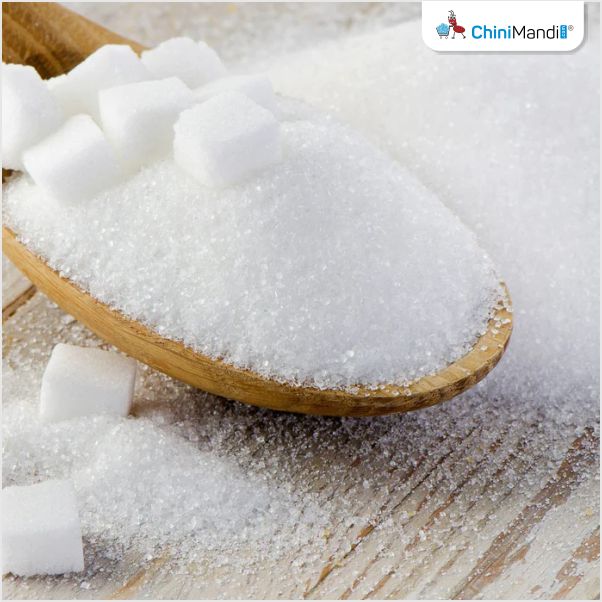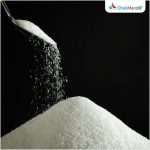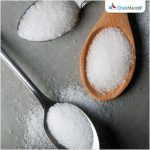Inflation is back!
(Did it ever leave?)
Today the US released their latest Consumer Price Index or CPI number. For the second month in a row, it came in higher than expected. Last month (June) it was expected to show an annual increase of 3.6%. Instead, it came in at 5.0%. Today, for July it was supposed to be 4.9%, so a bit weaker than last month. Instead it came in at 5.4%. This is the highest increase since 2008. The core index (excluding food and energy) came in at 4.5%, the highest in 20 years. The largest components of the increase was rental cars, rising 87.7%, used cars, rising 45.2% and gasoline with an increase of 45.1%. Food items also contributed to the rise, with bacon up 8.4%, fruit, 7.3%, fresh fish, 8.4% and milk at 5.6%.
So why does a sugar trader need to know about the price of used cars in the United States? He doesn’t but he does need to follow the macro impact that the price of cars has on inflation and the impact inflation has on capital flow, a small portion of which is allocated to commodities. It is interesting to note as well, that the price of cars, new and particularly used, have been influenced by the semiconductor chip shortage, which is impacting a wide range of electronic goods. The world is truly interconnected and the ships and logistics needed to interconnect the supply changes have also been thrown out of kilter and stressed. Sugar traders are keenly aware of this issue as demand has been hurt by rising freight values.
But we are here to talk about inflation, and particularly their impact on agricultural commodities, which includes sugar. Sugar traders have been somewhat taken by surprise by the rally in sugar over the last two years. From a low of 9.05, back at the end of April in 2020, to trading above 17-18.00 cents now, the supply/demand.
Yes, rising crude oil has helped, and certainly energy prices are an important consideration when it comes to inflation, but has the rise in energy altered the mix from sugar to ethanol? Only now to some degree. And yet inflation expectations have been rising and so have sugar prices. Since that low of 9.05 until today’s close of 17.05, sugar has rallied 88.8%. The Goldman Sachs Agricultural Index has risen 53,26%. But more significantly, the 5 year breakeven chart has risen 232.56% over that same time period
The five year breakeven index back on April 28th, 2020 was 0.7828%. The five year breakeven inflation rate represents a measure of expected inflation derived from the 5-Year treasury Constant maturity Securities and the 5 –Year Treasury inflation-indexed constant maturity securities. There is also a 10 year breakeven index as well. Today’s close was 2.6033%.
The rising index has attracted interest in what is known as the “reflation trade”. This is the expectation that the US economy will see growth expand after being held back by pandemic lockdowns. The growth, in fact, will be exceptional. This year the Fed sees US GDP growth at 7%, the strongest in decades. The “reflation trade” is not just one trade, but encompasses a series of trades, including buying growth stocks, selling US treasuries, and buying commodities.
The trade had been working well up to about the middle of May. Many had worried that inflation would rise too fast, which would cause the Fed to finally raise interest rates and stop the stimulus program. There has also been concern that the spread of the Delta variant of the COVID virus would bring back lockdowns and slow growth, or that OPEC would break up. Of late there is now a concern that China’s economy is beginning to slow, and their move to lower their bank’s reserve ratio has heightened that concern. Though China’s latest data on exports for June +32.2% and imports + 36.7% don’t seem to show a problem with slowing growth.
This caused the breakeven chart to pull back and sugar followed. Traders cited a drop in demand as well as aggressive Indian export sales. However demand has been problematic for some time and Indian sales in June were actually less than 100K if one goes by AITSA data, if one assumes that sales are only 5.9 MMT. So what was causing the sugar market to fall from 18.23 to 16.19? Specs began to bail as inflation ideas cooled. Many began to believe that the Fed argument that inflation was “transitory” was true.
However inflation is most likely not transitory. Much of the commodity story that is still developing, is going to be a multi-year phenomenon. The pandemic is not behind us. Even with 3.29 billion vaccine doses, that represents only 21.4% of the world’s population is fully covered (in theory). There is more to go to try and put the vaccine behind us. Additionally the push to electrify the world and reduce fossil fuels will be a long term development that will go for years through fits and starts. Weather events as well, will be getting worse as we move forward, and this could lead to crop areas actually becoming next to useless in some countries. This will complicate food production. Inflation, as we have seen, will trend higher, but not in a straight line.
Even with the ups and downs, the breakeven chart, which began as a guide, appears to have grown in importance if one needs to follow sugar. It must be noted that when the five year breakeven chart peaked at 2.8244% on May 12th, Oct sugar also peaked at 18.23. When the 5 year dropped to 2.3075% on June 17th, sugar as well bottomed two days previously at 16.19.
Today, the CPI jump reinvigorated the inflation story. When the number was released sugar was trading at 16.77. By the end of the day it had traded up to 17.16, a jump of 2.32%, and the market this morning briefly reached 17.25, a rally of 2.86% from yesterday’s 16.77. The five year breakeven chart? It had rallied 2.48% by the time sugar closed.
This does not mean that there is a 100% correlation between sugar and the 5 year breakeven chart. The rally in sugar up to the most recent high of 18.49 shows that. That rally came after the UNICA report two weeks ago, that showed less sugar production and a potential drop in cane yield as much as 15%. However, when the market moves up or down and there doesn’t appear to be a reasonable fundamental explanation, it might be a good idea to follow the macro info as well. Currencies, interest rates, energy price levels, and inflation perspective all have an important influence on sugar prices. Sugar is not an isolated commodity, whose price is just determined by supply and demand of sugar. It is part of an asset class that sees investor and spec capital flow that comes and goes by the whim of something else that has nothing to do with sugar. Keep your eyes and mind open.
Click here to read Episode 1
Click here to read Episode 2
Click here to read Episode 3
Click here to read Episode 4
Click here to read Episode 5
Mr. Michael McDougall is Managing Director at Paragon Global Markets, LLC, New York, USA. He has been active in commodity futures for 35 years.












